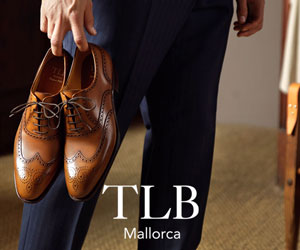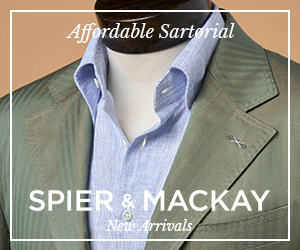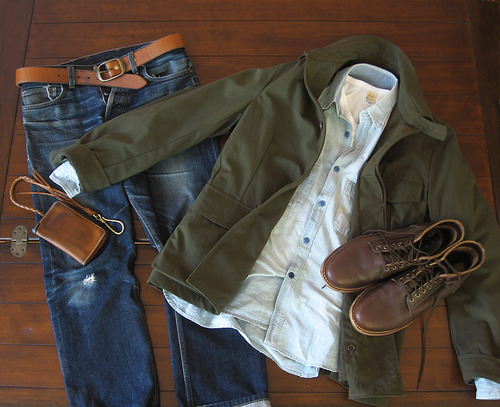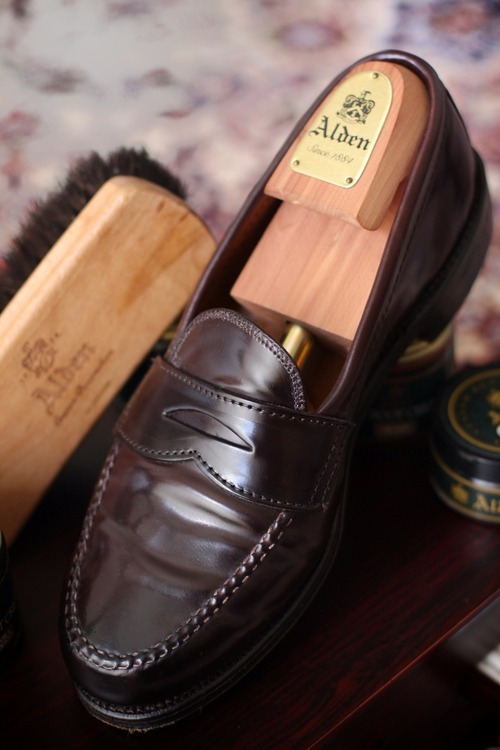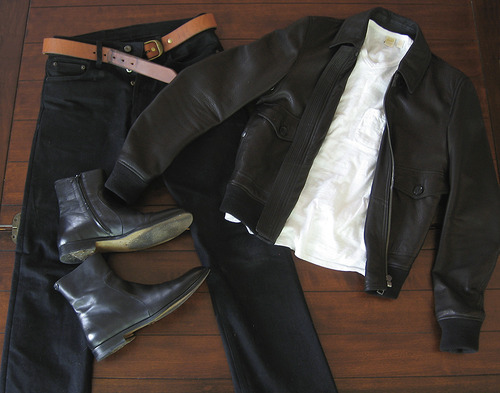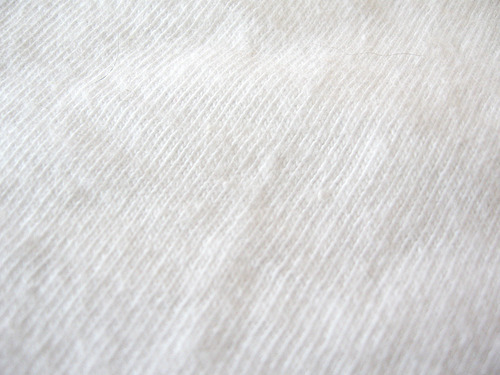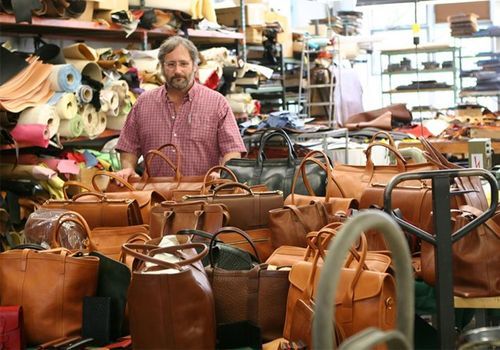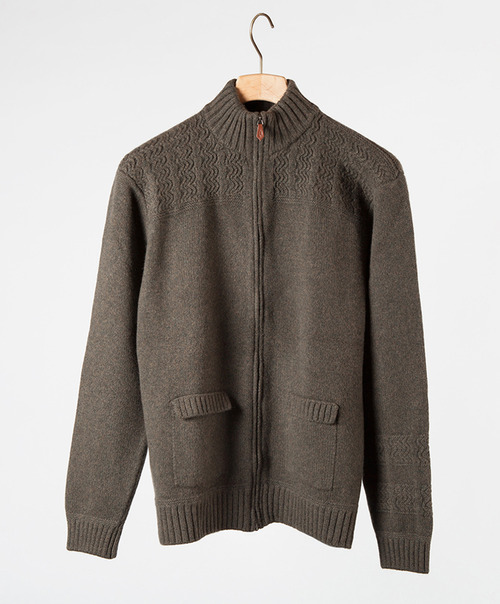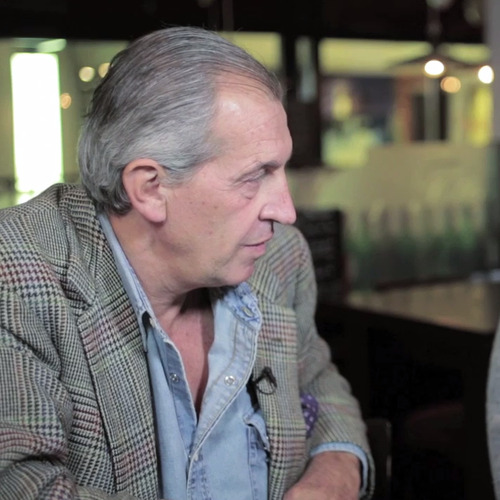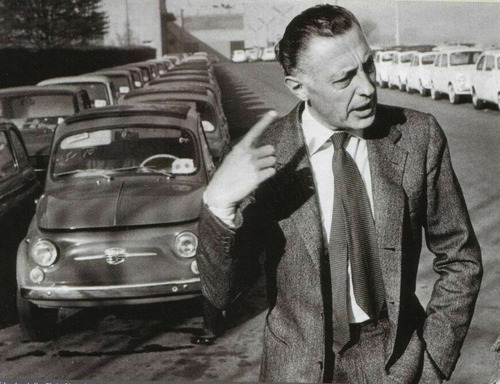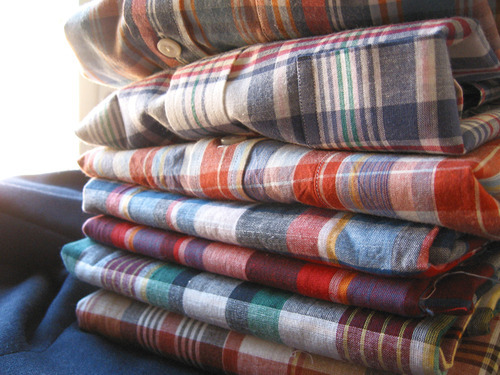
I’m not one for loud colors, but I have a soft spot for madras shirts in the summer. Madras is a lightweight, airy woven cotton, which typically comes in bold and beautiful patterns. The fabric takes its name from the Indian city where it originated, but it’s been long considered an American classic for its associations with Ivy Style. As the story goes, a fabric importer named William Jacobson went to India in the late 1950s to procure some fabrics, and subsequently sold about 10,000 yards of madras to Brooks Brothers. He neglected to mention, however, that the mill warned him the fabric would bleed in the wash, so Brooks had a problem when customers came back furious about how their new clothes ruined their laundry. Rather than recall the garments, Brooks spun around and marketed their stock of madras as that “miraculous handwoven fabric from India” that was “guaranteed to bleed.” Americans have been in love with the cloth ever since.
It’s hard to find actual bleeding madras these days, as everything is made to be colorfast. Friends of mine who do research in India tell me that bleeding madras is still available there, but the fabric is rarely made for export. The only exception I know is Atlantis Fabrics, but their stock of bleeding madras (at least that part which they’re willing to sell to the public) is limited, and the qualities are highly variable. On some stocks, for example, you can have whole sections of stripes missing on a check, or unusual stains of unknown origin. Plus, Atlantis seems to be harder and harder to work with these days. Years ago, I could buy fabrics from them at about $5 a yard, but nowadays, they have higher minimums, higher prices, and requirements for wire transfers (which add to the cost). The other source for good madras is Rosen & Chadick, but while their shirtings are of higher quality, I’ve never heard of them stocking anything that bleeds.
In any case, last week I received what I think might be my last batch of madras shirtings for a while. All three were bought from Atlantis as part of a group buy organized on StyleForum. None of these bleed, but they should still look good underneath cotton or linen sport coats. I plan on sending them to Ascot Chang to be made into shirts, and then wearing them with an open collar and a big smile.
To find ready-to-wear madras shirts, you can visit traditional shops such as O'Connell’s, J. Press, and Brooks Brothers. J. Crew and Ralph Lauren are also worth a look for slim fitting options.
Keep reading
